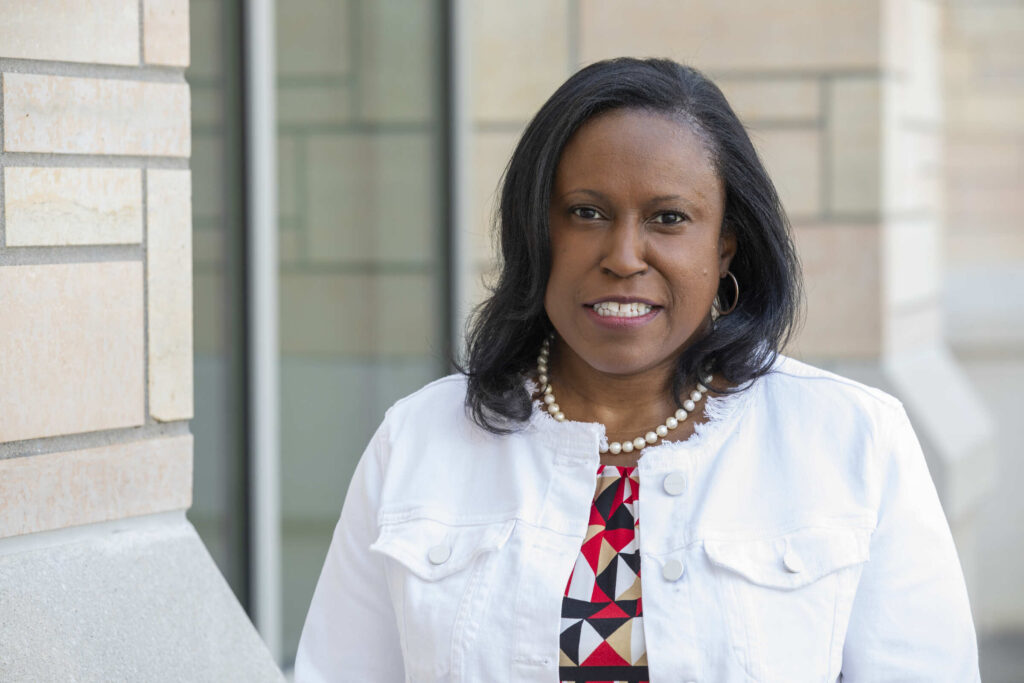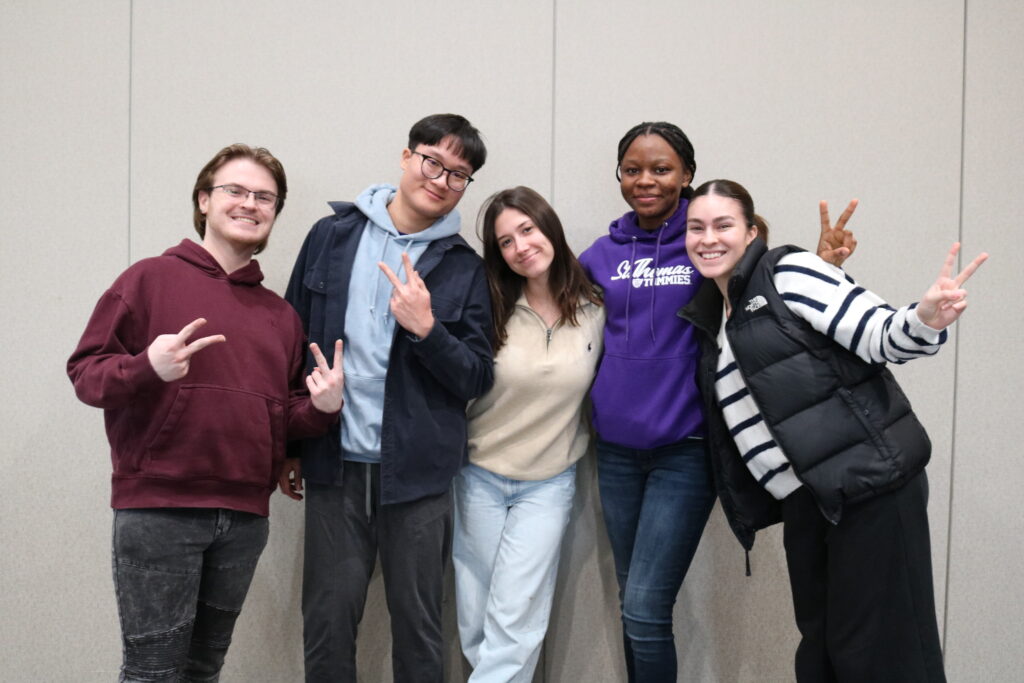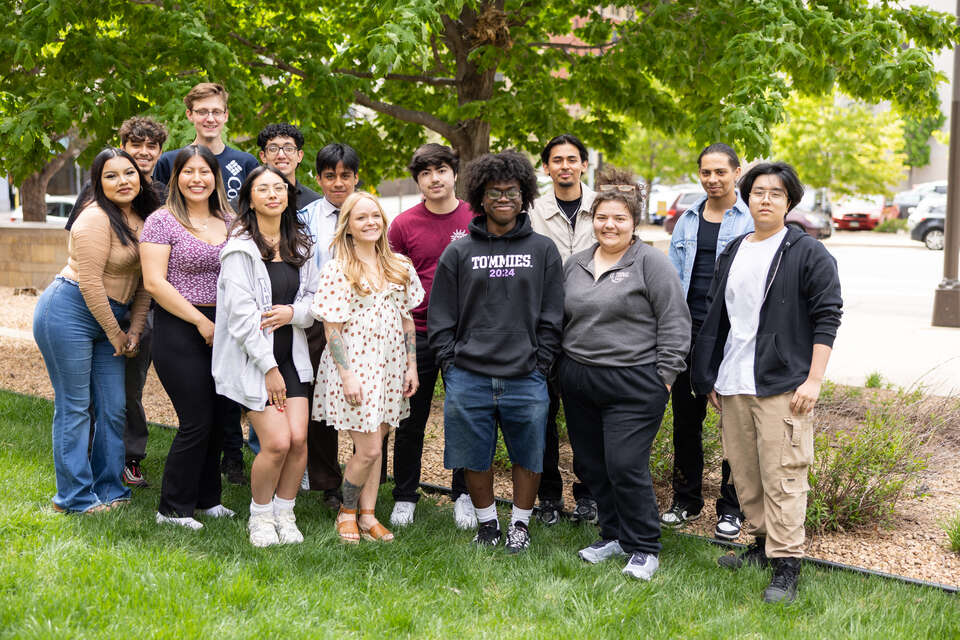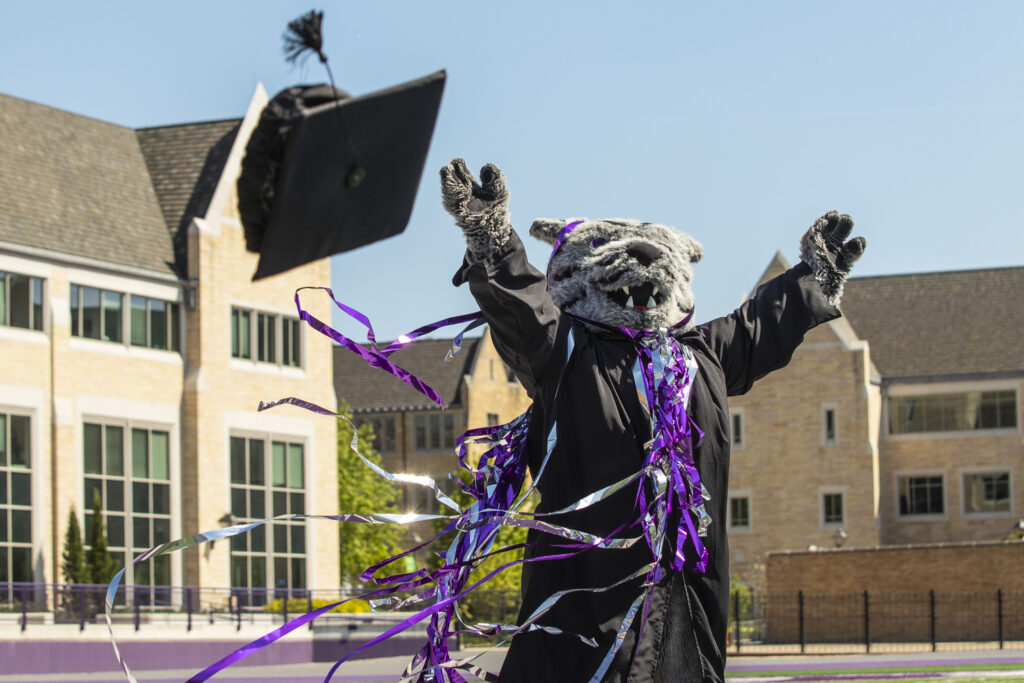There are many festive occasions that are celebrated with a favorite or signature dish, and when it comes to ringing in the Chinese New Year – which begins this year on Feb. 1 – one of those dishes is often dumplings. At least that’s a food staple you’ll spot this holiday on the dinner tables of University of St. Thomas Emerging Media Professor Xiaowen Guan and Associate Professor of English Juan Li, should you be invited into their homes.
The Chinese Lunar New Year, or as it is called in Chinese "chun jie" meaning Spring Festival, “is the most significant holiday for Chinese around the world,” said Guan, a Chinese national who grew up in Beijing. More than a billion people globally celebrate this holiday.
Despite the name Americans tend to associate with it, the Lunar New Year holiday is not exclusive to the Chinese. It is also celebrated by other East Asian countries, including Singapore, South Korea, Thailand, and Vietnam. Depending on the country, it goes by names such as Losar, Imlek, Seollal, and Tết Nguyên Đán.
In China, the first seven days of the 16-day celebration is a national holiday, typically with days off from work.
“There are no days off for Chinese in the U.S.,” Guan said, “so the only celebration I have is usually to make some traditional food, dumplings for example, on New Year's Eve and/or on New Year's Day.”
Growing up in China, Guan remembers the meals as being even more elaborate. “The family dinner on the New Year's Eve ("chu xi," or "da nian san shi") was always a feast with food you normally wouldn't eat or can't afford.”

For ringing in this Year of the Tiger, Li said, “I cooked a big meal on Monday (the New Year's Eve), which included some traditional Lunar New Year food such as dumplings, sticky rice cake, and fish. The dishes for the New Year's Eve feast usually have symbolic meanings. For example, fish typically symbolizes surplus in the new year because ‘fish’ and ‘surplus’ have the same pronunciation in Chinese (different characters, though!).”
Although “good food” is a part of the celebrations, said Li, a linguist who has been at St. Thomas since 2006, there are many other ways that people celebrate.
“My fondest memories of the Lunar New Year come from my childhood celebrations,” she said. “Red envelopes with gift money, new clothes, the whole family sitting around the TV watching the New Year's Gala aired on China's Central TV Station are all part of my sweetest memories of the Lunar New Year.”
Li tries to replicate some of those memories of family bonding for her own children. “I'm planning to watch a Chinese movie with my children this weekend as part of the celebration,” she said.
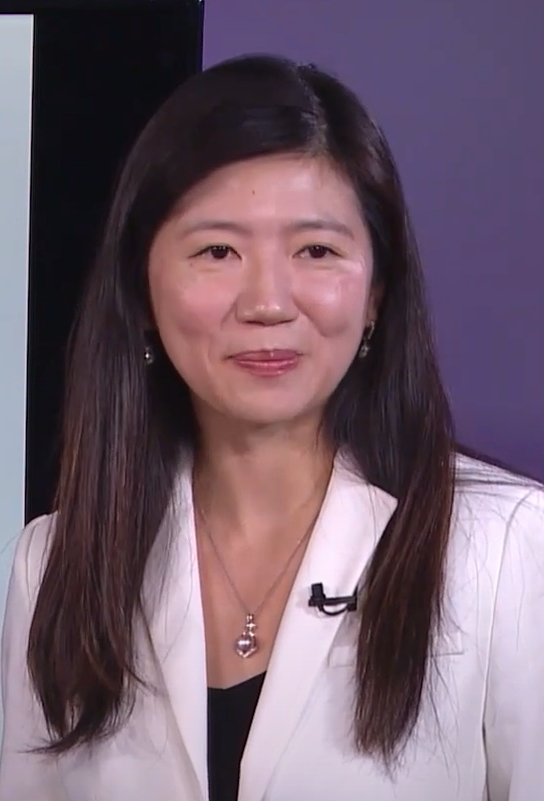
"With the advent of technology, much of the celebration now takes place online," said Monica Liu, assistant professor of Justice and Society Studies who was born in Wuhan, China, and immigrated to the U.S. at age 8. "Instead of giving actual cash for red envelopes, people are transferring money electronically and sending their greetings using messaging apps such as WeChat. I celebrate this holiday with my family in China remotely, through videoconferencing. My Dad lives in California, I'm in Minnesota, I have one cousin in New Zealand, and my grandparents and aunts and uncles are still in Wuhan. On New Year's Eve Beijing time, we would all get on a video call and watch my grandparents feast on their new year delicacies."
For Guan, whose extended family lives in China, she said when she was little the whole family would be together. “My grandparents, parents, aunts and uncles played mahjong in the night while my cousins and I watched TV (the New Year's Gala on Central TV on the eve) and ate snacks. At midnight, my dad and uncles set fireworks outside and the kids watched, and then we went inside and ate dumplings together. My grandparents usually stayed up the whole night, which custom was called shou sui."

Most people wore something red, she said – this color is a symbol of luck and good fortune – and the rooms were decorated with couplets and pictures on the doors and windows.
Her celebrations in the U.S. are a bit different than they would be if she were in Beijing, and they are different yet because of the pandemic.
“In the last few years, my family would get together with some of our Chinese friends during the weekend to celebrate chun jie, but because of COVID-19, we didn't get to do that,” she said.
Another difference are the fireworks; or lack thereof in Minnesota for those celebrating the Lunar New Year. “The anti-Asian sentiment since COVID-19 started made it difficult to celebrate this holiday,” said Guan, who is also a 2021-22 DEI Faculty Fellow for the Office for Diversity, Equity and Inclusion at St. Thomas. “Many Chinese would not want to draw attention to their identity for fear of being targets of hate speech or hate crimes.” (Racial discrimination against Asian Americans is a topic highlighted by the Newsroom that she and Liu recently presented about, with Li and another faculty member, Young-ok An, responding.)
“I think there are still traditional celebrations among the Chinese community in Minnesota,” Li added. “There are lots of exchanges of New Year's greetings among the Chinese community. There are also efforts made to have the celebrations reach a wider audience. For example, there will be a Chinese New Year's concert at the Orchestra Hall this weekend, featuring some Chinese singers, dancers, and instrumentalists in Minnesota.”
The celebrations will culminate on Feb. 15. This 15th day of the holiday is known as the Lantern Festival. These lanterns light up the night sky.
To learn more about the history of this holiday and others, Guan recommends checking out The Oxford Handbook of Asian American History and Liu suggests China in the 21st Century: What Everyone Needs to Know, by Jeffrey Wasserstrom.

